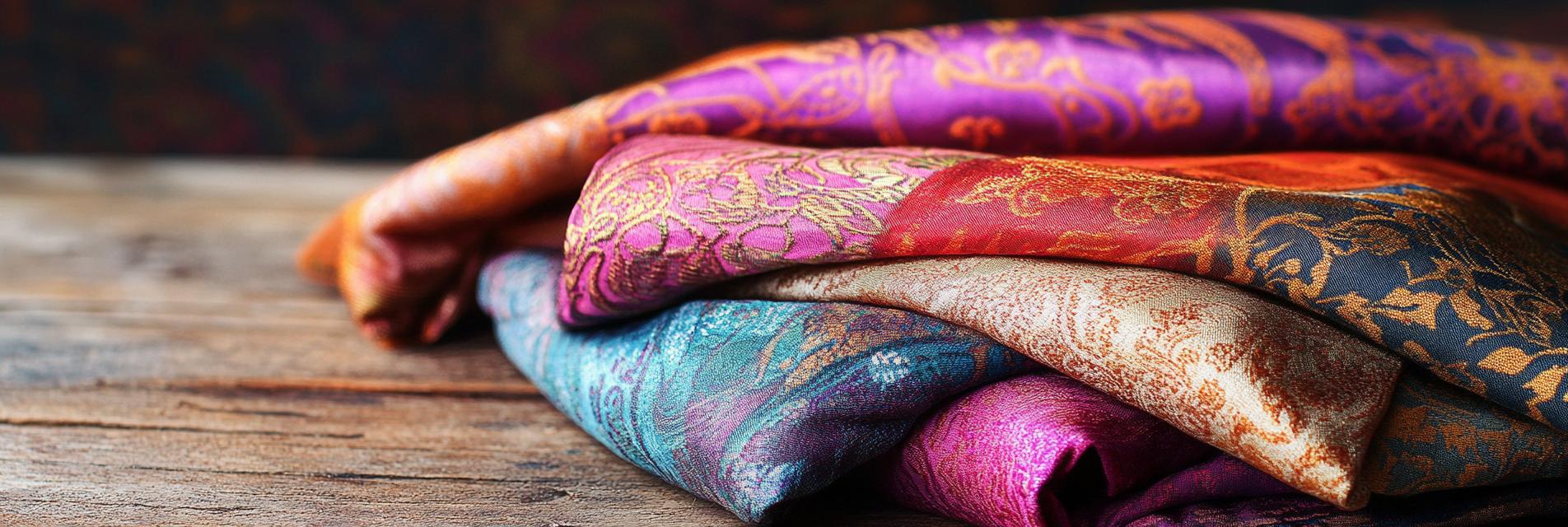Over the past few years, the textile industry has witnessed remarkable innovations, particularly in the field of dyeing technologies. As an expert in this domain, I have observed the emergence of double-layer fabric dyeing, a technique that enhances both the aesthetic appeal and functionality of fabrics. This article aims to explore the innovative technology behind this method and its substantial application prospects.
Historically, dyeing processes were labor-intensive and environmentally taxing. However, with advancements in technology, we have transitioned towards smarter, more sustainable solutions. The introduction of double-layer dyeing is a testimony to this evolution. By employing sophisticated techniques, this method allows for a rich color palette while minimizing environmental impact.
The essence of double-layer fabric dyeing lies in its unique construction, consisting of two distinct layers that can be dyed simultaneously or separately. This innovation not only enhances color vibrancy but also provides opportunities for multifunctional fabrics designed for various applications.
The potential applications of double-layer fabrics are vast and varied. From activewear to home textiles, the versatility of these fabrics opens doors to sustainable fashion solutions. My insights reveal that brands are increasingly adopting this technology, recognizing its ability to satisfy consumer demands for stylish yet eco-friendly products.
As sustainability becomes a critical component of the fashion narrative, double-layer fabric dyeing stands at the forefront of this movement. By reducing water usage and chemical waste during the dyeing process, this innovative approach significantly contributes to the creation of sustainable fabrics that align with environmentally-conscious consumer values.

In conclusion, the innovation surrounding double-layer fabric dyeing presents exciting opportunities for both manufacturers and consumers in the textile industry. With its potential to enhance sustainable practice while meeting the aesthetic desires of modern consumers, it is clear that this technology will play a pivotal role in shaping the future of fashion. As we move forward, embracing such advancements will be key to success in the ever-evolving landscape of textile production.
